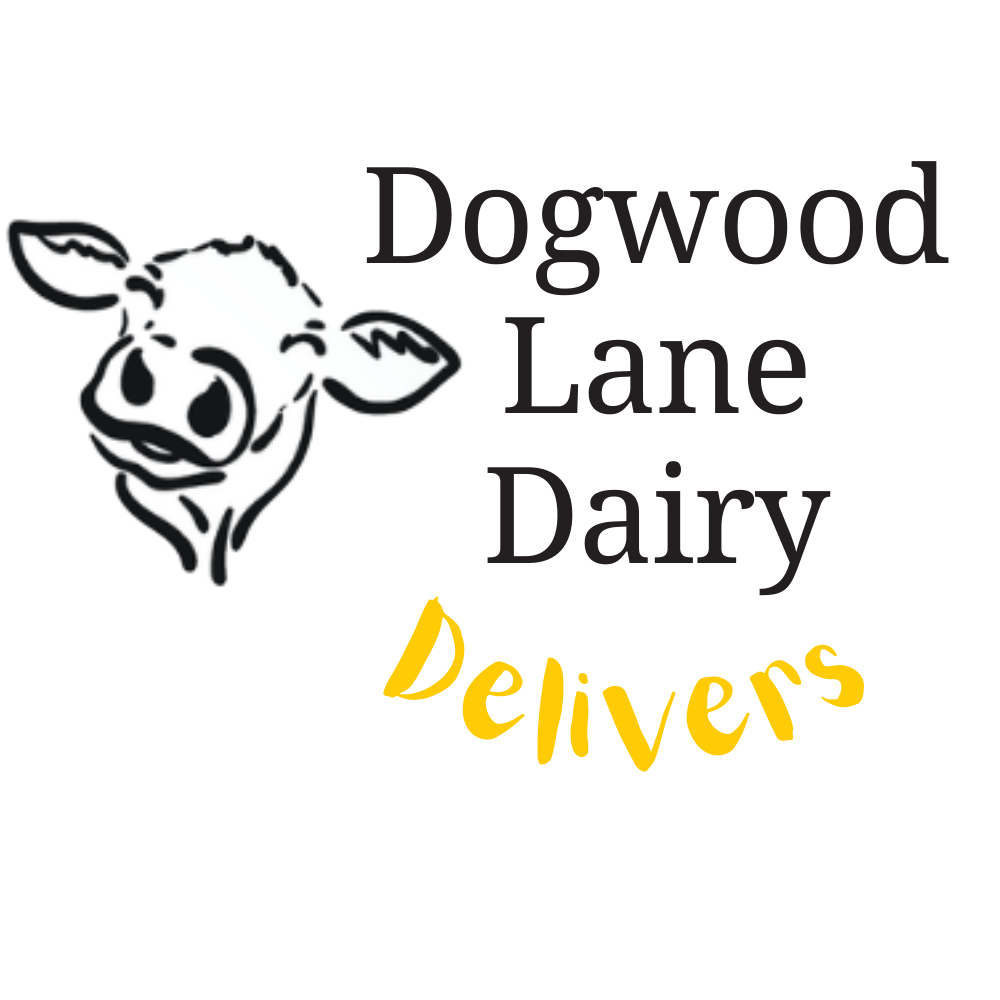Protocols
Non-GMO
Non-GMO means the organism has not been "genetically modified", which includes any means of intentionally incorporating desirable genetic traits into an organism except for traditional breeding or cross-breeding. The Organic concept means that "synthetic" substances are not used in farming.
USDA Organic/ Certified Organic
products made in keeping with federal organic guidelines after obtaining federal certification of growing or production methods. Certified organic growing prohibits the use of GMOs and most synthetic fertilizers and pesticides. When meat is certified organic, that means that the animals were raised in conditions that encourage their natural habits, ate only certified organic food, and were not given any antibiotics or hormones.
Pastured Raised
Animals raised with the ability to freely roam (within reason) on farms. We believe this is the most comfortable and natural setting for animals to be raised. This term is not regulated by the USDA. When we use it, we mean that the animals spend the majority of their time outside on pasture and have access to shelter from predators and bad weather. We source meat and eggs from farms where the animals have plenty of room to move around each other in their pastures and shelters and are not stressed from overcrowding or the condition of their living areas.
A “pasture raised” claim on meat, poultry, dairy, or egg labels means that the animals were raised for at least some portion of their lives on pasture or with access to a pasture, not continually confined indoors.
Grass Fed
What is "grass fed" meat? "Grass (Forage) Fed" means that grass and forage shall be the feed source consumed for the lifetime of the ruminant animal, with the exception of milk consumed prior to weaning. The diet shall be derived solely from forage consisting of grass (annual and perennial), forbs (e.g., legumes, Brassica), browse, or cereal grain crops in the vegetative (pre-grain) state.
Grass Finished
Grass finished means the animal has reached physical maturity and was kept on grass while developing exterior and intramuscular fat. No grain is ever fed to grass finished animals and this process will typically take from 24-36 months (compared to the 18-20 months for feedlot cattle).
No Preservatives
No Preservative: meaning the manufacturer is not adding any kind of Preservative and/or Artificial Preservative, however the products might have some kind of these Chemicals Naturally
Local
Local food is defined as the direct or intermediated marketing of food to consumers that is produced and distributed in a limited geographic area. There is no pre-determined distance to define what consumers consider “local,” but a set number of miles from a center point or state/local boundaries is often used. More importantly, local food systems connect farms and consumers at the point of sale.
Raw Cheese
Sometimes cheeses are defined by if they have been made from Unpasteurized or Pasteurized milk. Unpasteurized, or raw, milk means that the milk has not been subjected to heat treatment before cheesemaking begins. The current regulations in the United States allow for the sale of cheeses made from unpasteurized milk if the cheese is aged for typically 60 days or more at a temperature greater than 35°F (2°C).
Nitrate Free
Meats that contain nitrates, including bacon, salami, hot dogs, bologna, corned beef, sausage, luncheon meats and cured meats, are regulated by the Food and Drug Administration and the United Stated Department of Agriculture as to their nitrate content. These meats contain nitrates added as preservatives. When consuming meats, look for uncured or nitrate-free on the food label.
Gluten Free
Integrated Pest Management (IPM)
Grown Using Organic Practices
Sustainably Wild Caught
Hydroponic
Chesapeake Foodshed
Maryland Grown/Made
Maryland Grown/Made
This denotes items that are grown or produced within the State of Maryland.
Direct Ingredient Sourcing
Soy Free
Locally Produced
We use the Association for the Advancement of Sustainability in Higher Education, Real Food Challenge, and health Care Without Harm definition of locally produced: made within 250 miles of our delivery area.
Vegan
Vegetarian
A2A2
The two most common types of beta casein proteins found in milk are A1 and A2. Breeds of cows like the Guernsey, can be bred to produce milk without the A1 gene: A2A2 milk.
A2A2 milk is produced only from cows and sold at various grocery stores for its unique digestive capabilities.
W H Y I S T H I S I M P O R T A N T ?
The two proteins are digested differently, and some stomachs have a sensitivity to the A1 protein, causing problems with digestion.
Many people who think they are reacting to the lactose in milk, are actually reacting to the A1 protein!
Learn more about the Guernsey cow at usguernsey.com
